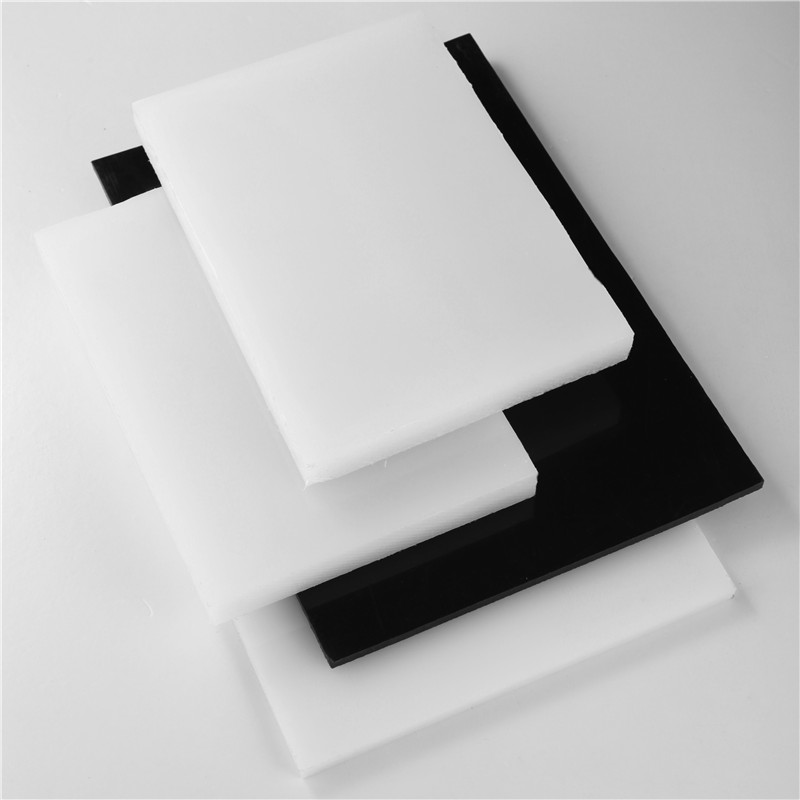Nov . 12, 2024 08:40 Back to list
pvc pipe clamp
Understanding PVC Pipe Clamps An Essential Component for Plumbing and Construction
In the world of plumbing and construction, a myriad of components comes together to ensure the systems we depend on function smoothly. Among these, PVC pipe clamps play a crucial role. They are simple yet effective tools designed to secure and stabilize PVC pipes in a variety of applications, from residential plumbing to industrial installations. This article delves into the features, benefits, types, and applications of PVC pipe clamps, highlighting their importance in modern construction and repair tasks.
What are PVC Pipe Clamps?
PVC pipe clamps are fittings made from polyvinyl chloride (PVC), a type of plastic known for its durability, lightweight properties, and resistance to corrosion. These clamps are designed to hold PVC pipes in place, preventing movement that may lead to leaks, breaks, or system failure. They come in various sizes, shapes, and configurations to accommodate different pipe diameters and installation environments, making them a versatile choice for a wide range of applications.
Key Features and Benefits
1. Durability PVC is known for its strength and resistance to harsh environmental conditions. PVC pipe clamps are built to withstand moisture, varying temperatures, and exposure to chemicals, making them suitable for both indoor and outdoor use.
2. Easy Installation One of the significant advantages of PVC pipe clamps is their ease of installation. They typically require minimal tools, such as a wrench or screwdriver, to secure the pipes. This user-friendly feature reduces labor costs and time, especially in large-scale projects.
3. Cost-Effective Compared to metal clamps, PVC pipe clamps are generally more affordable. Their low cost does not compromise their reliability or performance, making them an economical choice for contractors and DIY enthusiasts alike.
4. Versatility These clamps can be used in various applications, including water supply lines, drainage systems, HVAC systems, and irrigation systems. Their flexibility extends to different installation environments, such as residential homes, commercial buildings, and industrial facilities.
5. Preventing Vibration and Movement One of the primary functions of a pipe clamp is to prevent movement caused by vibrations from machinery or water flow. By stabilizing the pipes, these clamps help maintain the integrity of the entire system.
Types of PVC Pipe Clamps
pvc pipe clamp

PVC pipe clamps come in several types, each suited for specific applications
1. Single Pipe Clamps Designed to secure just one pipe, these clamps are versatile and commonly used in residential plumbing.
2. Double Pipe Clamps Ideal for securing two pipes side by side, these clamps offer additional stability and are often used in industrial settings where space is limited.
3. Mounting Clamps These clamps are specifically designed for mounting pipes to walls, ceilings, or floors, ensuring pipes remain in place even under heavy load.
4. Adjustable Clamps Featuring a design that allows for slight adjustments, these clamps are perfect for installations where precise alignment is critical.
Applications of PVC Pipe Clamps
The applications for PVC pipe clamps are vast and varied. In residential plumbing, they are frequently used to secure water supply lines, ensuring a steady flow and reducing the risk of leaks. In industrial settings, these clamps are essential for holding pipes in place within larger systems, such as cooling towers or chemical processing plants.
Additionally, in the agricultural sector, PVC pipe clamps find their role in irrigation systems, helping to maintain proper water flow to crops. They are also critical in air conditioning systems, where they support ductwork and refrigeration lines.
Conclusion
In conclusion, PVC pipe clamps are an indispensable component in plumbing and construction. Their durability, cost-effectiveness, and versatility make them a preferred choice for securing and stabilizing PVC pipes in various applications. Whether in a residential setting or a large industrial project, understanding the importance of these clamps can lead to more efficient and reliable systems. As technology continues to evolve, the role of PVC pipe clamps will undoubtedly remain significant, contributing to the integrity and functionality of essential infrastructure across the globe.
-
High-Quality PPR Pipes and Fittings Durable ERA PPR & PVC PPR Solutions
NewsJul.08,2025
-
Black HDPE Cutting Board - Durable, Non-Porous & Food Safe HDPE Plastic Cutting Board
NewsJul.08,2025
-
High-Quality CPVC Panel Durable HDPE & PVC Panels Supplier
NewsJul.08,2025
-
Double PE Welding Rod Supplier - High Strength, Durable & Versatile Welding Solutions
NewsJul.07,2025
-
High-Quality PVC-O Pipe Supplier Durable 75mm PVC Pipe & Connections Leading PVC Pipe Company
NewsJul.07,2025
-
HDPE Drainage Pipe Supplier – Durable & Corrosion-Resistant Solutions
NewsJul.06,2025

